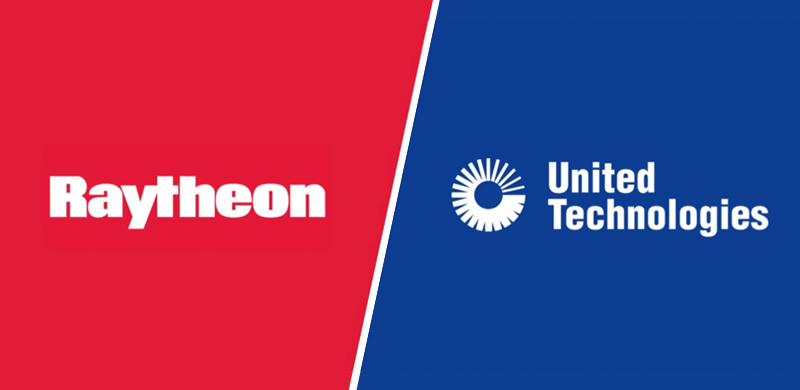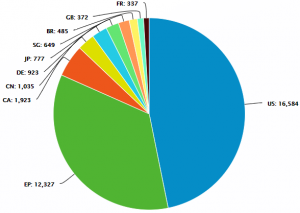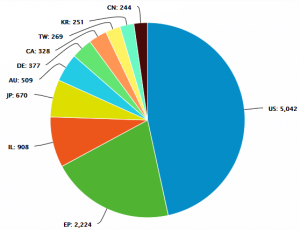
United Technologies (UTC) and Raytheon recently announced their merger in an all-stock deal billed as a “merger of equals”. The combined entity will be known as Raytheon Technologies, and will have revenues of $74 billion and a valuation of $166 billion. The agreement is considered to be one of the largest corporate mergers of 2019. UTC Chairman and CEO Greg Hayes remarked that the proposed merger of United Technologies with Raytheon will define the future of aerospace and defense.
UTC, an industrial conglomerate, provides technology products and services to building systems and aerospace industries worldwide. Raytheon, a leading defense company, produces missile defense systems and cybersecurity solutions. The companies say that the deal will offer “expanded technology and R&D capabilities to deliver innovative and cost-effective solutions aligned with customer priorities and the national defense strategies of the U.S. and its allies and friends”.
The combined company will have a portfolio of close to 38,000 active patents. This week we take a closer look at the combined patent assets of the two companies.
General Trends
UTC’s published applications show a continued upward trend till 2016, as seen in Figure 1. The following year shows a slight flattening in patenting activity in 2017 followed by a surge in 2018 with UTC getting 6688 published applications.
Figure 2 shows that Raytheon’s published active patents exhibit a continuous upward trend, with 2018 being the year where it garnered its maximum number of 1351 published applications.
The U.S. is the favoured filing destination for UTC, accounting for close to half of its active published applications. The other significant jurisdictions where UTC has sought patent coverage include the European Patent Office, Canada and China, as seen in Figure 3.
Figure 4 shows that the U.S. is the preferred filing destination for Raytheon. The other significant jurisdictions where Raytheon has sought patent coverage include the European Patent Office, Israel and Japan.
Technology Trends
The two companies possess diverse product portfolios – while United Technologies builds commercial airline components and fighter jet engines, Raytheon is known for missiles, radar systems, cyber-defense and sensors for spacecraft and aircraft.
The merger of the two companies is poised to create a premier systems provider with advanced technologies that would cater to the rapidly growing segments of aerospace and defense.
The merger would also see the spinning-off of UTC’s Carrier building-controls and Otis elevator units, leaving the resulting company Raytheon Technologies to entirely focus on the aerospace industry. The combination would establish a broad and complementary portfolio of platform-agnostic capabilities across the high-growth aerospace and defense segments.
Our analysis of the patent assets by technology categories for both the companies shows that gas turbines and aerospace-related technologies are the focus of UTC’s patent coverage with over half of its portfolio covering these technology areas. On the other hand, semiconductor devices, antenna arrays, use of electromagnetic waves and passive homing systems are the main areas of Raytheon’s patent coverage.
Based on the Relecura Star Rating, UTC’s and Raytheon’s patent portfolios rank almost the same with an overall rating of 2.15 and 2.17 respectively. Typically, a patent with a Relecura Star Rating of 3 or more is deemed as one of high-quality. The Relecura Star rating ranks each patent on a scale of five. It is a proprietary composite metric incorporating multiple criteria. The metric combines different technology, business, and litigation related factors.
UTC’s high-quality patents cover areas such as functions supporting engines/pumps, and emission reduction in aeronautics or air transport. Raytheon’s high-quality patents cover areas such as systems using reflection or re-radiation of waves and detecting the presence, distance or velocity objects using reflection or re-radiation of radio waves.
It will be interesting to see how the biggest deal in the aerospace and defense sectors impacts the market dynamics and the manner in which the other incumbents react to counter this mega merger.













